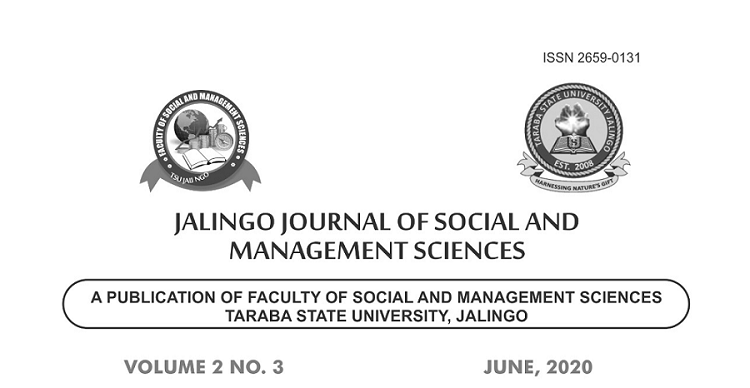Geospatial Analysis of Crime Incidence in Bayelsa West Senatorial District, Bayelsa State, Nigeria
Keywords:
Bayelsa West Senatorial District, Crime, Geospatial analysis, Hotspots, Kernel Density Estimation, Nearest Neighbour analysisAbstract
Criminal incidence has negative costs in terms of loss, death, psychological and physical pains of the victims. This study applied geospatial techniques in analyzing crime incidents in the Bayelsa West Senatorial District, Bayelsa State, Nigeria. Data of police crime records were obtained from the Divisional Police Headquarters within the Bayelsa West Senatorial District. An administrative map of the study area was acquired from the Ministry of Land and Survey, Bayelsa State which was used as the base map. These data were analyzed using Nearest Neighbour Analysis (NNA) and Kernel Density Estimation (KDE), to derive the pattern and density of hotspots of crime in the area and descriptive statistics were also used. The findings of the study revealed the existence of nine (9) crime types from the police records. Theft/Stealing had the highest incidence rate of 30.6%, while hurt/fighting and kidnapping were the least with 3.5% each. The NNA result of the spatial pattern of crime produced a clustered point at 0.01% significance level with the Nearest Neighbour Ratio (NNR) of 0.491906. The analysis of the KDE shows that crime concentrates on the communities with high population and higher economic activities with different types of crime showing different spatial patterns. The study, therefore recommends that community policing committees should be established in Ekeremor, Sagbama and other affected towns and villages bedevilled by criminal activities in the Local Government Areas.

Downloads
Published
Issue
Section
License
Copyright (c) 2023 JALINGO JOURNAL OF SOCIAL AND MANAGEMENT SCIENCES

This work is licensed under a Creative Commons Attribution-NonCommercial 4.0 International License.
